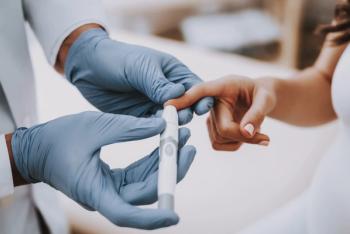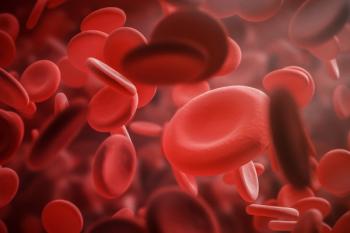
Impact of Guideline Changes on Opioid Use in Childhood Cancer Survivors
Childhood cancer survivors are high risk of pain and in need of pain relief. Did 2016 guidelines for opioid prescribing change use in this group?
In March 2016, the CDC released an update to opioid prescription guidelines to tackle the opioid crisis. Recent research results indicate that the guidelines led to a decline in opioid prescriptions for childhood cancer survivors who are at high risk of pain, as well as a decrease in the misuse of opioid medications.
Investigators used the MarketScan Commercial Claims and Encounters Databases to identify survivors who had been diagnosed with hematologic, central nervous system, bone, or gonadal cancers at age 21 or younger who completed treatment for the cancer, as well as a cohort of age-, sex-, and region-matched individuals without cancer. A cancer diagnosis was defined as 2 or more health care claims that had appropriate diagnosis codes. Survivors were followed for a year after completing their treatment. Survivors were matched to the cohort with no cancer history based on birth year, sex, and geographic region.
Investigators included 8969 childhood cancer survivors and 44,845 peers with no cancer diagnosis in the study. Prior to the 2016 guideline release, the rate of potential misuse (5.6% vs 1.9%) and opioid prescription rate (21.1% vs 7.2%) was higher in cancer survivors than peers who had no history. After the guidelines, the opioid prescription rate went down among survivors (trend change, −1.1 percentage points [ppt]; P <.001; 95% CI, −1.5 to −0.7). With potential misuse, there was also an immediate level decrease (−2.1 ppt; P =.04; 95% CI, −4.2 to −0.1) and a decreasing trend (trend change, −0.4 ppt; P =.009; 95% CI, −0.6 to −0.1) for childhood cancer survivors.
Decreasing trends were also noted in their peers (trend change, −0.3 ppt; P <.001; 95% CI, −0.5 to −0.1, for prescribing, and trend change, −0.1 ppt; P = .03; 95%CI, −0.1 to −0.01 for misuse). By 2018, significant reductions were seen in survivors, 36.7% for prescription rate and 65.4% for misuse, with smaller reductions noted in cancer-free peers.
Limitations included not considering weight-based dosing, not were other misuse-related behaviors like illicit drug use were considered. Also, the MarketScan sample may not allow for generalization to the entire childhood cancer survivor population. Going forward, the investigators recommend “future research to examine whether the guideline has affected appropriate opioid use and pain treatment among childhood cancer survivors.”
Reference
- Hu X, Brock KE, Effinger KE, et al. Changes in opioid prescriptions and potential misuse and substance use disorders among childhood cancer survivors following the 2016 opioid prescribing guideline. JAMA Oncol. 2022 Sep 8;e223744. doi: 10.1001/jamaoncol.2022.3744.
Newsletter
Pharmacy practice is always changing. Stay ahead of the curve with the Drug Topics newsletter and get the latest drug information, industry trends, and patient care tips.





























































































































